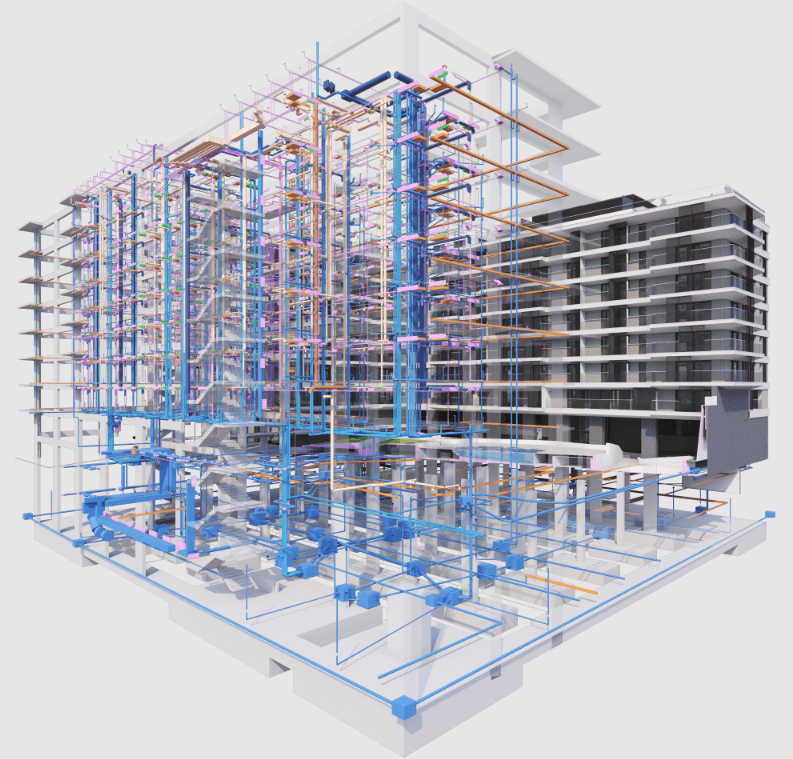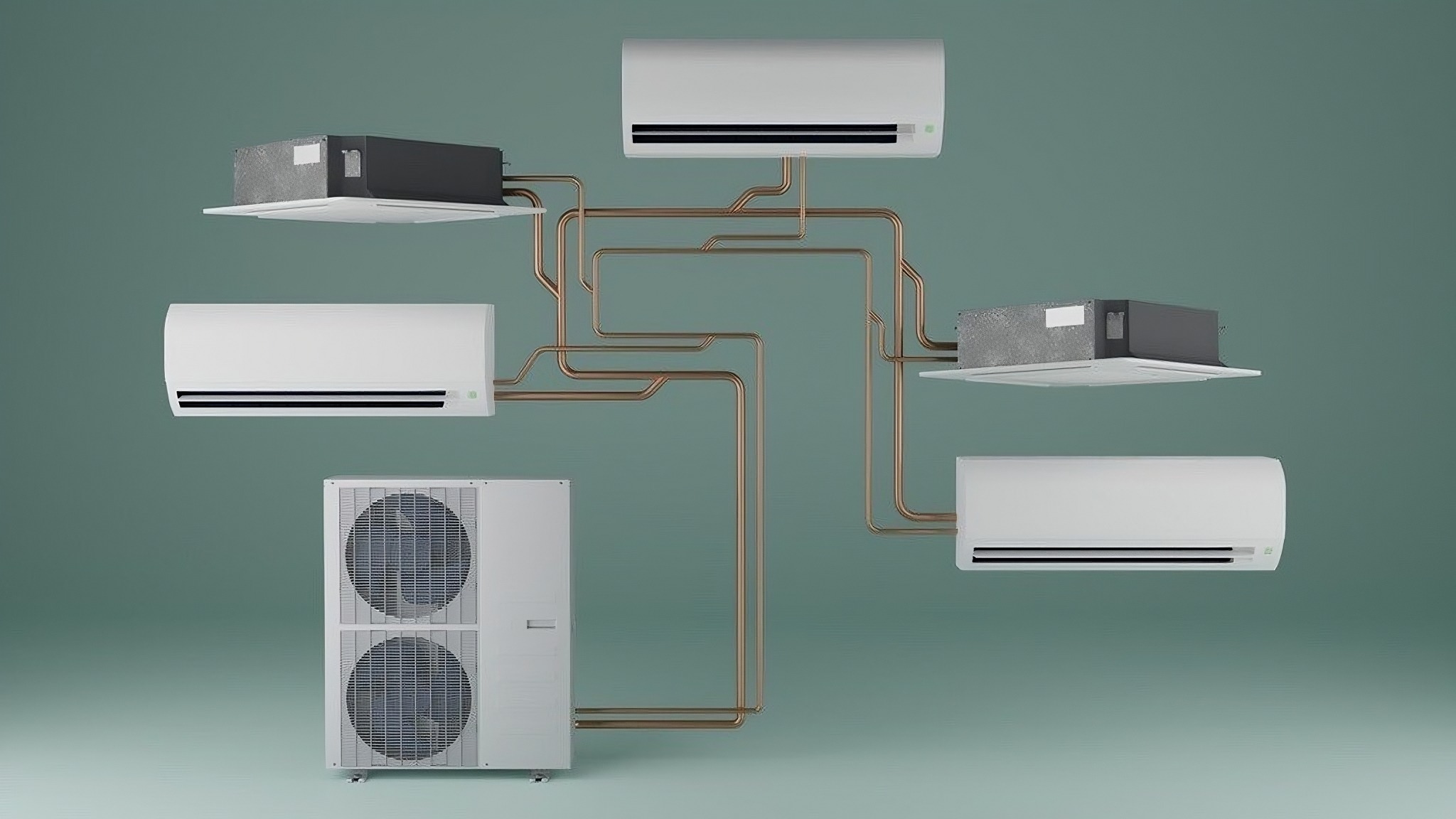
COBie Data Insights: Advancing Facility...
November 18, 2025

Variable Refrigerant Flow (VRF) is an advanced heating and cooling technology used in both residential and commercial buildings. In a VRF system, multiple indoor units are connected to a single outdoor condensing unit. The system’s defining feature is its ability to regulate the flow of refrigerant to each indoor unit, allowing precise control of the environment. VRF systems can support various indoor units of different capacities, all linked to one outdoor unit. Known for their high energy efficiency and fine-tuned control, VRF systems are designed to improve sustainability. However, they are more complex to design than traditional HVAC systems.
VRF systems are made up of several key components that collaborate to deliver outstanding efficiency and flexibility. By understanding these elements, one can appreciate how VRF technology offers such precise control over both heating and cooling in a variety of settings.
1. Using direct expansion technology, the VRF system delivers cooled or heated air to the indoor unit coils within the space being conditioned.
2. The refrigerant acts as the heat transfer medium, providing either heating or cooling as needed by the space.
3. Similar to multi-split systems, VRF systems connect several indoor units to a single outdoor condensing unit.
4. It efficiently manages heating and cooling across multiple zones within the building.
VRF systems are a valuable tool for architects, mechanical contractors, building owners, and other stakeholders involved in large multi-story buildings. These systems help reduce operational costs while providing tailored solutions for buildings with varying occupancy rates and heating/cooling needs. They ensure consistent comfort throughout the building by allowing for precise climate control in each area.
1. Energy Efficiency: VRF technology can reduce energy consumption by up to 40% compared to conventional HVAC systems, delivering customized comfort with minimal waste.

2. Design Flexibility: The VRF system can be adapted to meet the specific needs of a project, offering options like heat pumps and various coil configurations.
3. Ducting Versatility: For projects requiring duct systems, VRF systems offer flexibility in duct lengths, allowing for multiple clearance options and helping to lower construction costs.
2. Heat Pump System
